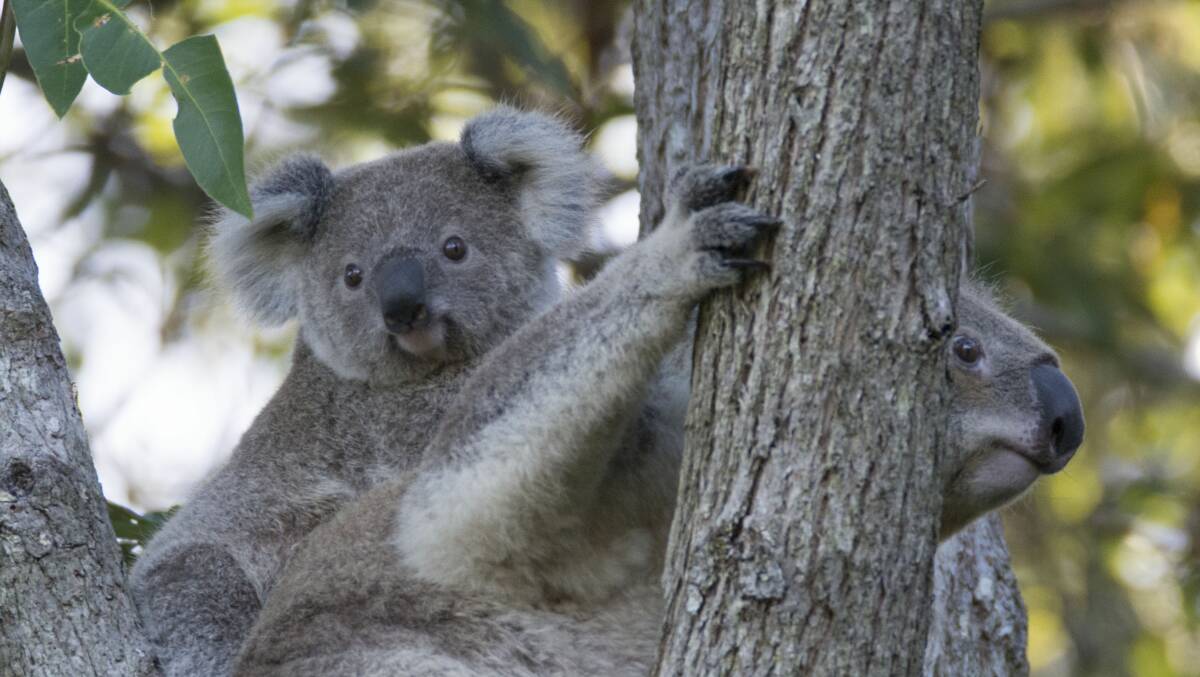
I read in the Port News (Feb 7) an article titled NSW Government tracking logging impacts on koalas which describes a study being carried out by NSW Department of Primary Industries Principal research scientist, Dr Brad Law.
Subscribe now for unlimited access.
or signup to continue reading
This will be joint project between DPI Forest Science research, Port Macquarie Koala Hospital and Forestry Corporation, which will collect information for the next 12 months.
The reader might well ask, why?
It seems to me the scientist intends to remove healthy koalas from their forest, collar them and then set them free in a regenerating forest to see if they live. It is claimed that this will provide better information on what tree species and sizes offer important browse.
Well that research has already been done. Koalas will browse on preferred food trees of many sizes but prefer large trees for browsing and protection. There are several studies which have found this.
The reason for establishing that koalas will use small saplings is obviously connected to the NSW LNP Government’s intention to allow intensive logging of 142,000 hectares of our native forests between Bulahdelah and Grafton.
That massive clearfell will be exacerbated through the clearing of “residues” for the biomass plants at Bulahdelah, Kempsey and Grafton and the bitumen and diesel plant at Heron’s Creek given half a million dollars by ARENA to fund research into innovative renewable energy from wood “waste”.
Now if your home is destroyed by to allow a road or something the local council thinks might be nice you will likely move to the next available area for re-settlement as no doubt will koalas. But there is no Brisbane Line for these koalas.
Koalas are already federally listed as vulnerable, and predicted to be locally extinct in the Port Macquarie area within 50 years. If the situation of very few juveniles presenting at the Koala Hospital continues we can only conclude there are very few breeding females so perhaps extinction of our kolas could be a great deal less, say 20 years.
It is no wonder that the Koala Hospital has found their range has already been extended from 50km to 100km as koalas look for mates, food, and trees for protection. Rather than show adaptability I would suggest it indicates social breakdown in our local koala population.
Dr Law will have a hard time convincing the public that proving koalas eat leaves from trees of many sizes justifies Forest Corp decimating our forests.
John Jeayes
Port Macquarie

